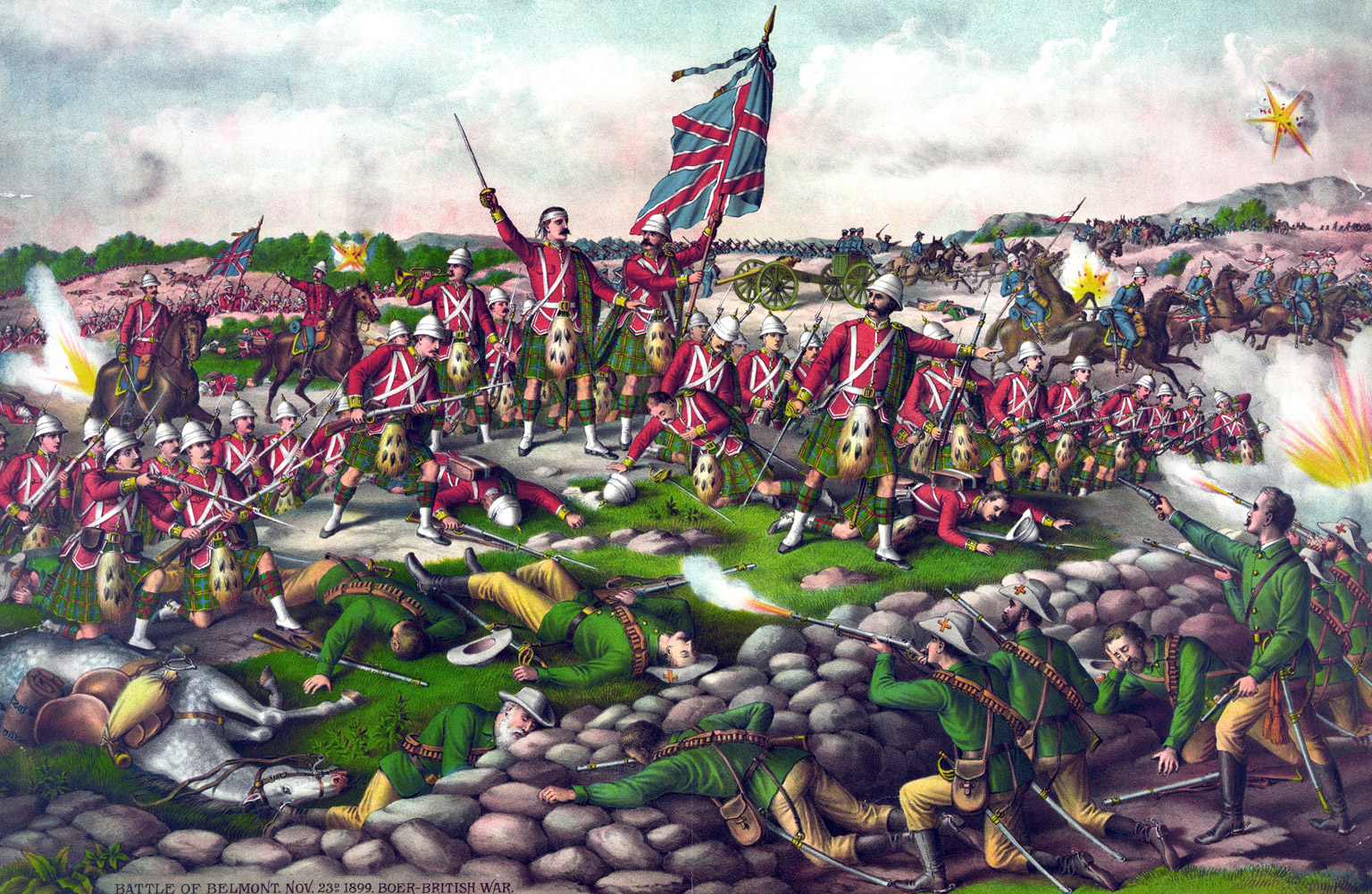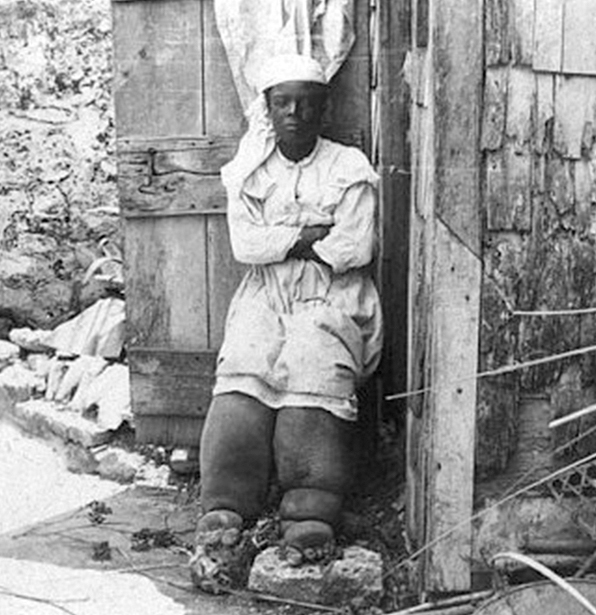
IN CONTEXT
Short story
US: October, 1926
UK: November, 1926
The Case Book of Sherlock Holmes, 1927
James M Dodd Ex-soldier.
Godfrey Emsworth Ex-soldier and close friend of James M. Dodd.
Colonel Emsworth Retired army officer and Godfrey’s father.
Mrs. Emsworth Godfrey’s mother.
Ralph and wife Emsworth family’s long-serving butler and housekeeper, respectively.
Mr. Kent Godfrey’s physician.
Sir James Saunders Eminent dermatologist.
This story is unusual because it is narrated by Holmes, who explains that Watson—his usual chronicler—has “deserted him for a wife,” leaving him to rise to the challenge of writing up a case himself. Holmes muses on his role as storyteller and realizes that, despite criticizing Watson for pandering to public taste by including superficial and sensational details, he too must make the account entertaining for the reader. Holmes makes several references to Watson here: he applauds his good qualities, and comments somewhat sardonically that his perpetual ability to be surprised by Holmes’s insights is one of his greatest strengths.

To decipher the most likely explanation for why Godfrey is in hiding, Holmes uses his trademark method of “abductive reasoning”. He uses the known facts to discount what is improbable and predict the most likely outcome.
A visit from a soldier
The story begins in January 1903, with Holmes receiving a visit from a James M Dodd. Holmes instantly recognizes him as an ex-soldier, correctly identifying his regiment (Imperial Yeomanry, the Middlesex Corps) in a typical display of his powers of observation and deduction. Dodd is suitably impressed, confirming that he has indeed recently returned from South Africa, where he fought in the Boer War (1899–1902).
The discovery of gold in the Boer republic of Transvaal in 1886 made the area a potential threat to British colonial supremacy in South Africa, and so Britain sent troops there to defend its interests. Conan Doyle himself served in South Africa from March to June 1902 as a medical officer and was vocal in his defense of the British cause there, opposing the many commentators who questioned the justness of the war.
Dodd needs Holmes’s help with a puzzle concerning the fate of his old army friend Godfrey Emsworth, who was wounded in action and sent home. The pair had written to each other for a while, but then Emsworth fell silent, and Dodd has not heard from him for six months. Godfrey’s father, Colonel Emsworth (a Crimean War hero), claims that his son is on a round-the-world voyage and will be away for a year, but Dodd is skeptical about this: surely his friend would never have embarked on such an adventure without telling him? Determined to root out the truth, Dodd persuaded Godfrey’s mother to allow him to visit her at the family home, Old Tuxbury Park in Bedford.

The Boer War was fought between Dutch settlers and the British in two African states, South African Republic and Orange Free State, over the control of gold and diamond mines.
A house of shadows
Immediately after arriving at the remote, rambling old mansion, Dodd was interrogated by Colonel Emsworth—an imposing and rather fierce man. Dodd’s request for clarity on Godfrey’s whereabouts was met with hostility, and the colonel hinted darkly that, for the family’s sake, he should stop interfering. Later, over dinner, Godfrey’s gentle, unassuming mother listened avidly to Dodd’s recollection of his wartime experiences with her son, but the colonel showed no interest and seemed “morose and depressed.” Dodd’s suspicions were further roused during a conversation with Ralph, the family’s ancient butler, who referred to his young master in the past tense. When Dodd asked outright if Godfrey was dead, the old man replied, ominously: “I wish to God he was!” before rushing off.
That night in his ground-floor bedroom, Dodd gazed out of the window and was astonished to see Godfrey’s face—deathly white and ghostly, “as white as cheese”—pressed to the glass. Godfrey quickly leapt away from sight, but not before Dodd had detected “something furtive, something guilty” in his demeanor: a stark contrast to the forthright soldier he had known in South Africa. Dodd pursued his friend into the garden, but he soon became lost in the darkness. However, Dodd was certain that he heard the sound of a door closing somewhere in the grounds and that Godfrey must have escaped into a hiding place.
The following morning, Dodd spotted a cottage in the garden; as he approached it, a sharply-dressed man came out of the door and locked it behind him. The pair exchanged pleasantries, but the man appeared rather guilty. Dodd waited until nightfall before sneaking back to the cottage. Peering through a crack in the shutter, he saw the same man and a second figure, who he was sure was Godfrey. At that moment, a furious Colonel Emsworth appeared and promptly threw him out of the house for “spying.” This aggressive, threatening man, Dodd felt, was the source of all the lies and hostility he had encountered.

Like his characters, Emsworth and Dodd, Conan Doyle also served in South Africa during the Boer War, working as a volunteer doctor in the Langman Field Hospital.
The truth is revealed
Holmes is confident he will have little difficulty in solving this “elementary” case, and a few days later he and Dodd set off to Bedford, accompanied by an elderly man whom Holmes introduces simply as an old friend. He cross-examines Dodd en route, confirming the dreadful whiteness of Godfrey’s face—a fact that is seemingly of great significance to Holmes. When they arrive at the house, Holmes immediately observes a second revealing detail: Ralph, the butler, is dressed in conventional servant’s garb, but with the unusual addition of a pair of brown leather gloves. He instantly removes them on seeing the visitors, but Holmes’s sharp nose detects a strong “tarry odour” emanating from them.
At this point, Holmes once again muses on his role as narrator, presenting himself as a guileless storyteller, in contrast to the more artful Watson. Somewhat facetiously he states that he has already shown his hand. Watson, he observes, would have concealed such significant details in the interests of creating a “meretricious finale.”
The colonel is furious at their arrival, but when Holmes hands him a piece of paper on which he has written one word, which we later discover is “leprosy,” he immediately relents. “How do you know?” he gasps, astonished. “It is my business to know things,” Holmes replies.
Resignedly, the colonel takes his visitors to the cottage, where they meet Godfrey, whose handsome face has been marred by a number of white patches. He tells how, after he was shot in South Africa, he unknowingly sought refuge in a leper hospital. Back home, the marks appeared on his face and he concluded he had contracted the dreadful disease. Surely, Godfrey had reasoned, it would be better to live a life in quarantine with his family, two trusted servants, and a personal physician (Kent, the man Dodd had seen previously with his friend) rather than endure segregation? Holmes then reveals that his mystery companion is the eminent dermatologist Sir James Saunders, and suggests that Godfrey get a second opinion from him.
"When you have eliminated all which is impossible, then whatever remains, however improbable, must be the truth."
Sherlock Holmes
A process of elimination
In the meantime, Holmes explains to all present that he solved the case simply by using his trademark logical analysis. He identified three possible explanations for Godfrey’s incarceration in an outbuilding on his father’s estate. The first was that he was a criminal in hiding. He dismissed this because there had been no reports of unsolved crimes in the area, and it would be more logical to send a delinquent abroad. The second, albeit unlikely, possibility was that Godfrey was insane, and being kept under lock and key by a medical supervisor. But why keep it secret? After all, at the time a lunatic could legally be kept at home under supervision. Once again, Holmes found he “could not get the theory to fit the facts.”
The third—and the strongest—possibility was that Godfrey had contracted some kind of disease while in South Africa. At the time, leprosy was rife and so a likely candidate, and the associated stigma of leprosy fitted the premise of a man in hiding. Here, secrecy would be paramount—to ensure there would be no interference from the authorities. Not only was bleached skin symptomatic of leprosy, but Holmes’s observation that the butler’s gloves were impregnated with disinfectant confirmed his suspicions.
At this point, Sir Saunders, the dermatologist, returns with the welcome news that Godfrey does not have leprosy, but is suffering from “pseudo-leprosy,” or ichthyosis, a curable skin infection. Godfrey’s mother faints from the shock; with luck, her son will be able to live a normal life, rather than being concealed from society.
"He was deadly pale—never have I seen a man so white."
James M Dodd
A positive outcome
This story cleverly misleads the reader at every turn. Dodd’s honest, soldierly account portrays a sinister place presided over by the fearsome colonel. Holmes’s revelations, however, neatly turn the tables, and we are presented with a loving father protecting his son from the stigma of a deadly disease he had caught while fighting for his country.
Some critics have suggested that leprosy is used metaphorically in “The Adventure of the Blanched Soldier,” and that by letting Godfrey escape such a terrible fate, Conan Doyle was in fact defending Britain’s colonial activities in South Africa.
LEPROSY

An infectious disease, leprosy starts by damaging small nerves in the skin’s surface, leaving discolored patches. It can lead to disfigurement (pictured), severe disability, and blindness if left untreated. Leprosy has afflicted humans for millennia and was greatly feared and misunderstood: its victims were wrongly believed to be “unclean” and highly contagious, and systematically shunned as outcasts.
In the 19th century, leprosy was endemic in parts of the British Empire, and there was concern that colonialists and soldiers would contract the disease. Mycobacterium leprae, the bacteria that causes leprosy, was identified in 1873 in Norway, but the disease remained untreatable until the mid-20th century. In South Africa, the Leprosy Repression Act of 1892 established quarantine sites like the one Godfrey slept in. Today, the incidence of leprosy has decreased by 90 percent. It is now curable with multidrug therapy, but it still occurs in poorer parts of the world, particularly South Asia (especially India) and Brazil.
